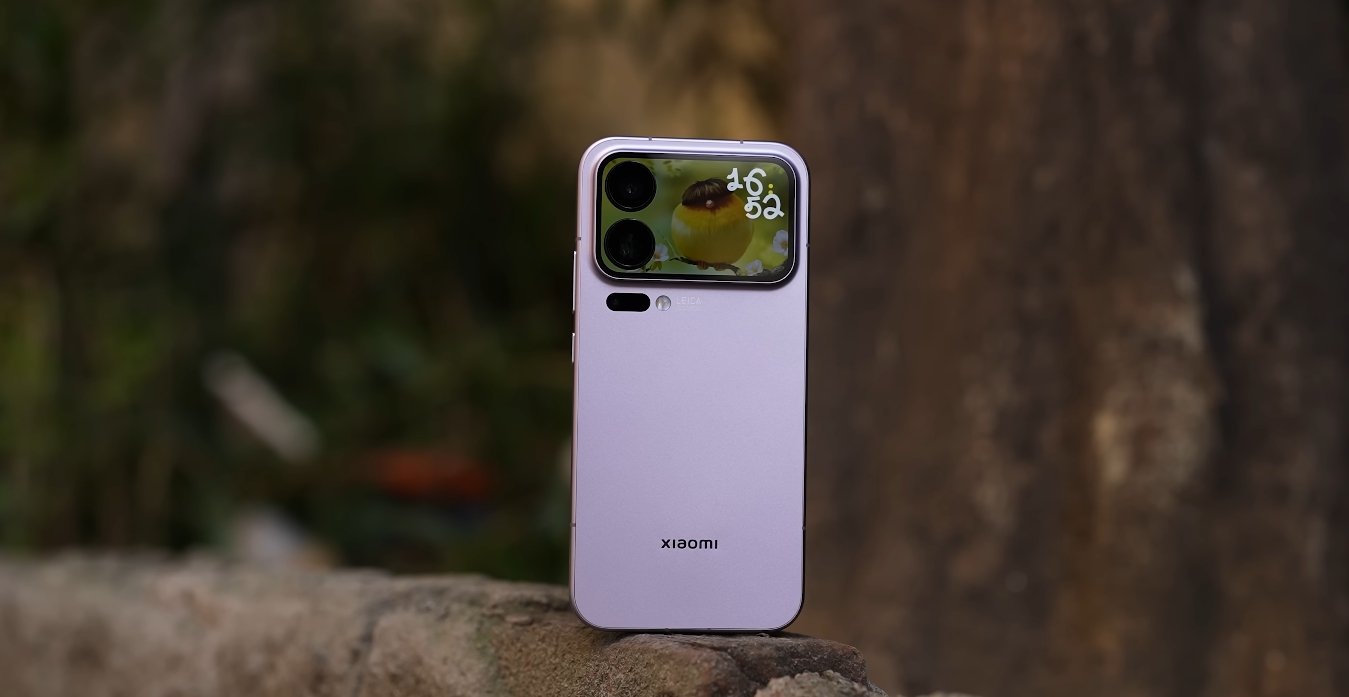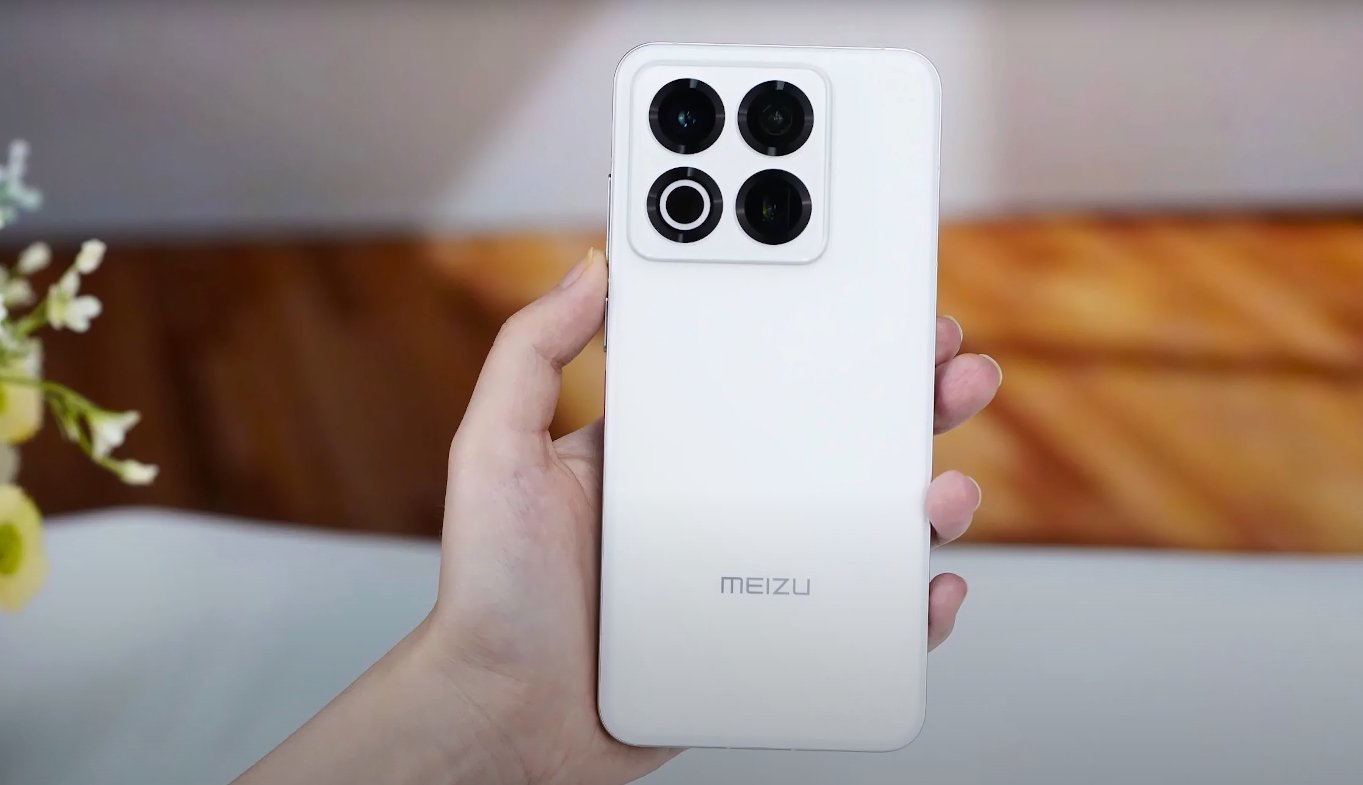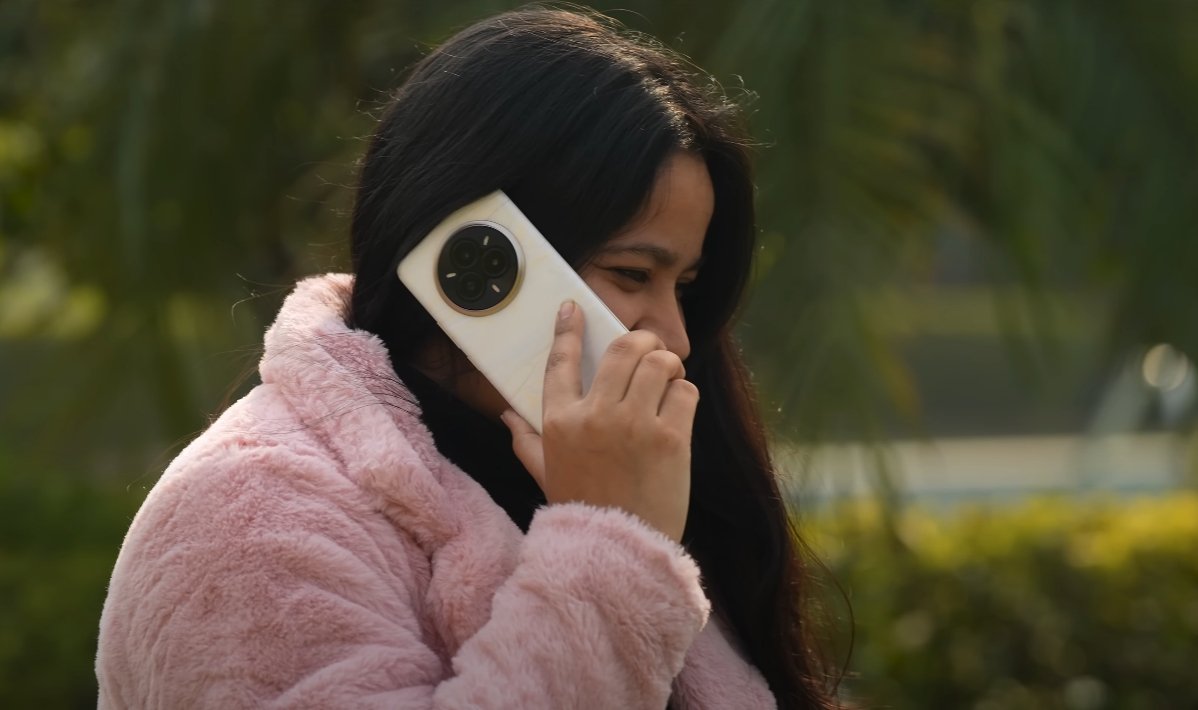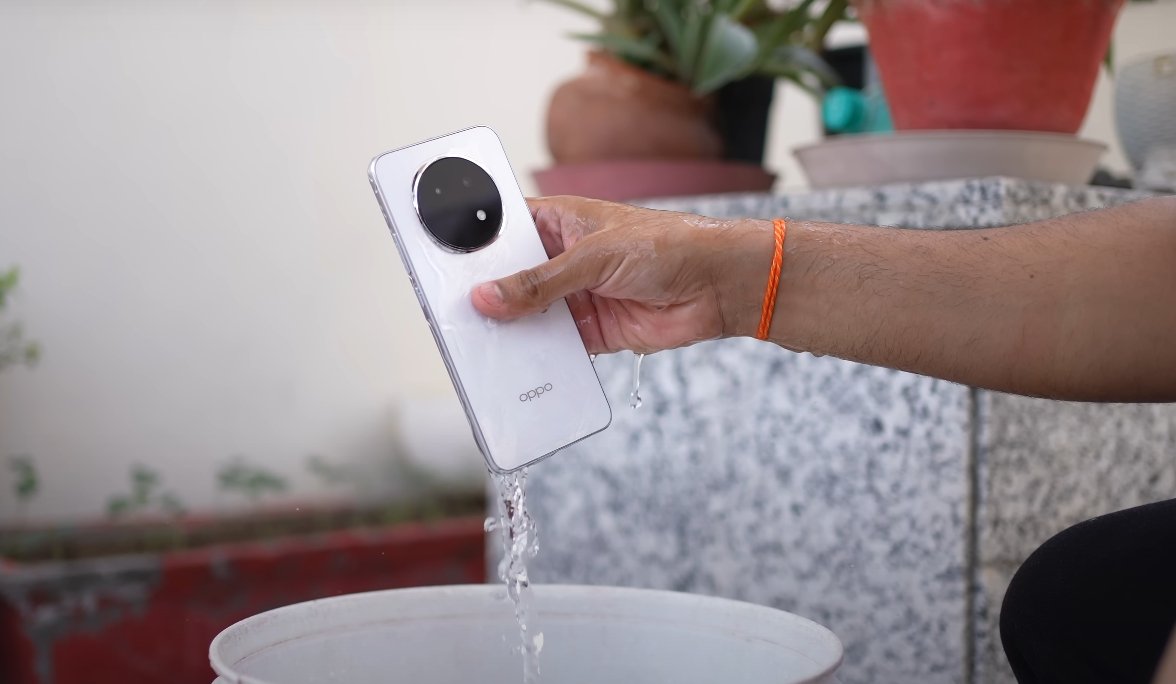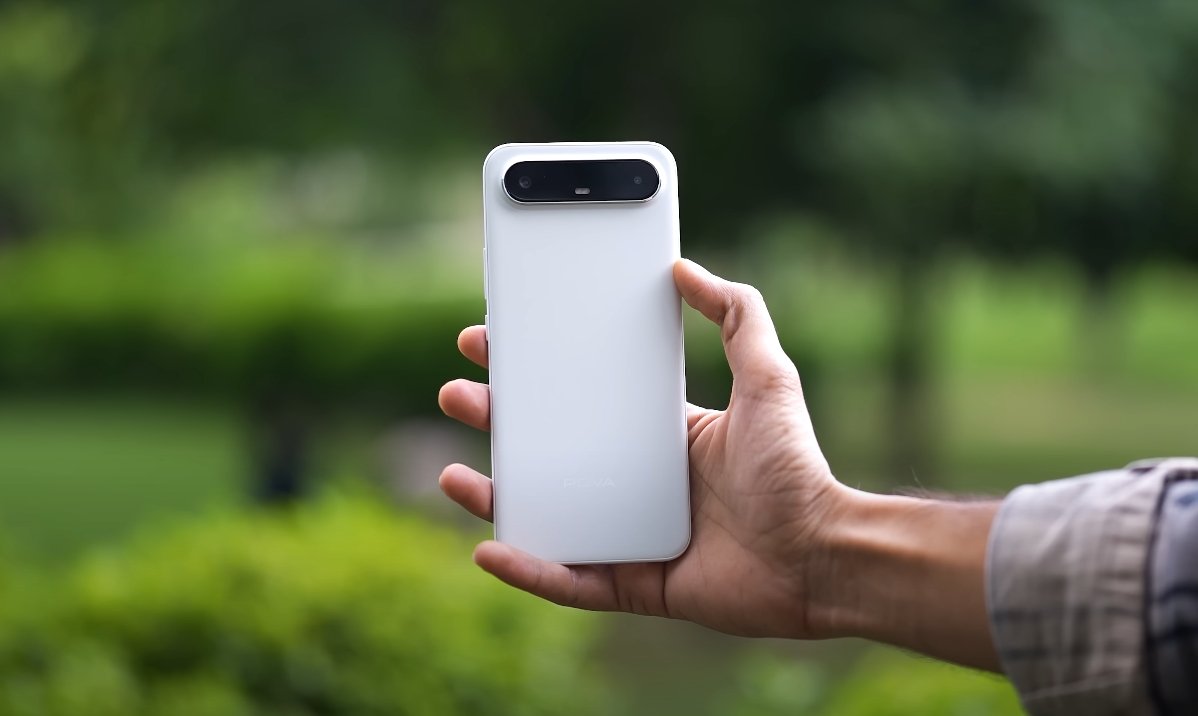Head-to-Head Feature Comparison of Two Flagship Smartphones
In 2025, the flagship smartphone market is full of innovation, and two devices that stand out for their features are the Xiaomi 17 Pro Max and the OnePlus 13 Ultra. Both phones offer high-end specifications, top-tier performance, and a variety of premium features, but each takes a slightly different approach to design, usability, and technology. Understanding their differences can help buyers choose the device that fits their needs best.
Starting with design, the Xiaomi 17 Pro Max makes an impression with its massive 6.9-inch LTPO AMOLED main display, delivering a sharp resolution of 3200 x 1440 pixels with a 120Hz adaptive refresh rate. It also features a secondary 2.9-inch rear display, which allows users to check notifications, control music, and use the camera without flipping the device. The phone has a sleek finish, curved edges, and a premium build, making it comfortable to hold despite its size. The large 7,500mAh battery supports 100W wired and 50W wireless charging, ensuring long usage and fast top-ups.
The OnePlus 13 Ultra has a slightly smaller 6.82-inch LTPO AMOLED screen with a resolution of 3168 x 1440 pixels and the same 120Hz refresh rate. Its design emphasizes durability and functionality, including an IP69/IP68 rating for water and dust resistance. The 5,000mAh battery supports 100W wired and 50W wireless charging, which is sufficient for a full day of use under heavy activity. While it lacks a secondary display, the OnePlus focuses on a refined user experience with a sturdy and premium build.
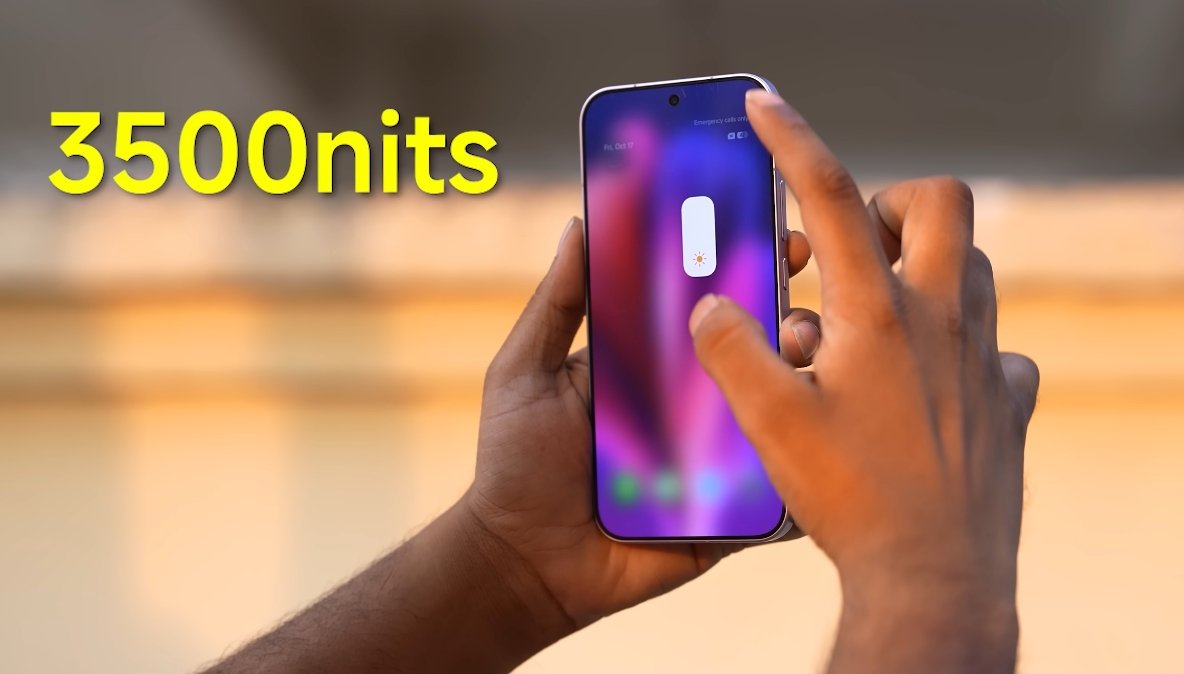
Camera capabilities are a major differentiator between the two devices. The Xiaomi 17 Pro Max comes with a triple-camera setup: a 50MP main sensor, a 50MP ultra-wide lens, and a 50MP periscope telephoto lens with 5x optical zoom. This combination allows for versatile photography, from wide landscapes to detailed close-ups, and supports HDR10+ video recording for high-quality content.
The OnePlus 13 Ultra goes a step further with a quad-camera system consisting of four 50MP sensors, including ultra-wide, wide, and telephoto lenses. The cameras are co-developed with Hasselblad, enhancing color accuracy and image processing. It also supports 4K Dolby Vision video recording on all cameras, making it a strong choice for users who prioritize professional-grade photography and cinematic video capture.
In terms of performance, both phones are powered by the Snapdragon 8 Elite Gen 5 chipset, ensuring fast app launches, seamless multitasking, and smooth gaming. Both devices come with ample RAM and storage, allowing for efficient operation and handling of demanding applications. High-performance gaming, video editing, and productivity apps run smoothly on both devices, with minimal thermal throttling under heavy use.
Battery life and charging are also key areas of difference. The Xiaomi 17 Pro Max’s 7,500mAh battery provides extended usage, which is beneficial for power users who often stream videos, play games, or multitask throughout the day. The OnePlus 13 Ultra’s 5,000mAh battery is slightly smaller but still offers reliable all-day performance. Both phones charge rapidly with 100W wired and 50W wireless capabilities, ensuring minimal downtime and convenience for users constantly on the move.
Unique features highlight each device’s strengths. Xiaomi’s secondary rear display adds novelty and functionality, providing quick access to notifications, camera previews, and widgets without waking the main display. This is useful for multitasking and can save battery life when only minor interactions are needed. The OnePlus 13 Ultra emphasizes camera performance, with Hasselblad collaboration and Dolby Vision video recording as standout features for content creators and photography enthusiasts.
Software experiences also differ. The Xiaomi 17 Pro Max runs HyperOS based on Android 16, offering a smooth and customizable interface, while the OnePlus 13 Ultra uses OxygenOS 15, known for its clean design and refined user experience. Both operating systems provide adaptive refresh support, gesture navigation, and performance optimization, though the choice between them often comes down to personal preference regarding UI design and customization options.
In real-world usage, the Xiaomi 17 Pro Max excels in battery endurance, display versatility, and innovative design features like the rear screen. It is ideal for users who want a large, bright display and multitasking conveniences. The OnePlus 13 Ultra is more camera-focused, offering superior photography and video capabilities with professional-grade accuracy and cinematic recording, appealing to creators and enthusiasts.
In conclusion, both the Xiaomi 17 Pro Max and OnePlus 13 Ultra are premium devices that deliver flagship performance and features. The Xiaomi stands out for its dual-display design, large battery, and overall versatility, while the OnePlus focuses on professional camera performance, video capabilities, and a durable, refined build. Choosing between them depends on whether the user prioritizes display and battery advantages or superior photography and content creation tools. Both remain top contenders in the 2025 smartphone landscape.
Also Read: Xiaomi 17 Pro Max vs Galaxy S24 Plus speed results
